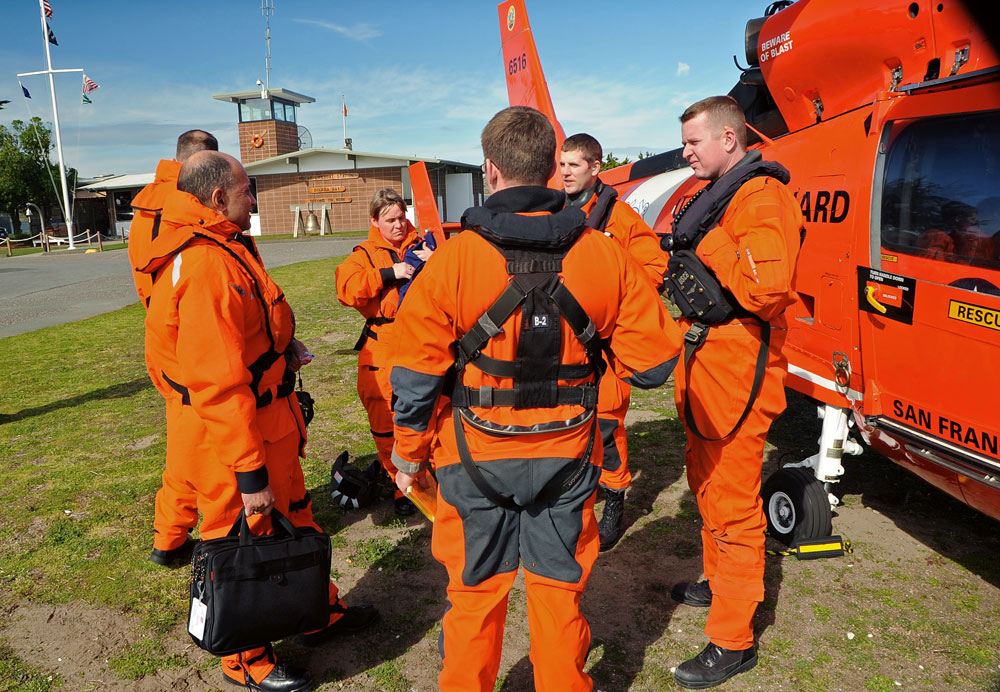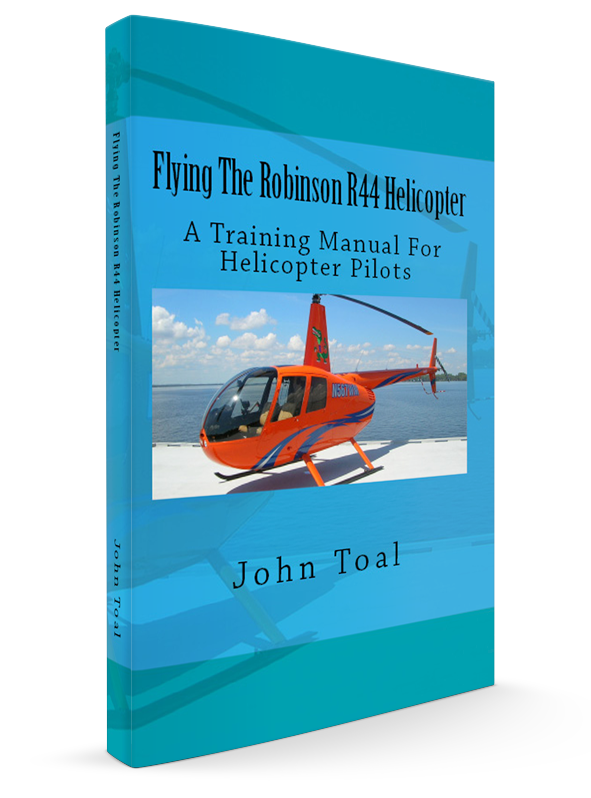Passenger Briefing
(Updated on 20th February 2021)
 Passenger Briefing – Why?
Passenger Briefing – Why?
As pilots, when we take passengers flying, it is very easy to assume that they have a level of knowledge that they do not actually have. Many of your passengers will never have been in a helicopter before and it is our job to explain to them what they will experience during the flight, safety issues and emergency procedures.
It is important that you have some consideration on how you will deliver this brief as you must get your points across without scaring the living daylights out of them.
The Brief
So here is my idea of a passenger brief. There is no, one, correct way of giving the brief but if this gives you some ideas for your own brief then that is all I am trying to achieve. I tailor this brief depending on my passenger’s personality. Some people want lots of information and some want none (but you have to give them the minimum safety info).
- Location of flight departure point
- Time to arrive at departure point (leave time for briefing etc.)
- Helicopter description
- Location of door handles, door locks, emergency door release handles etc.
- Location and use of fire extinguishers and first aid kits
- What not to touch
- Why it is important for you to be able to talk to ATC. Explain how the intercom isolate switch works (if equipped)
- Approaching and departing the helicopter
- Safety harness operation – not to be removed until rotors stop turning
- Emergency procedures
- The helicopter takeoff profile
Safety Harness
To me, this is one of the most important elements that should be discussed with your passengers. Not only do I verbally explain how the seat-belt or safety harness works but I also demonstrate the release mechanism at the aircraft. Stress the importance of having the seat-belt fastened at all times and that it must not be removed until the blades have stopped turning. If seats are adjustable, now is a good time to explain how to adjust the seats and ensure that they are locked into position.
Climate Control
If your helicopter is equipped with rear passenger or forward passenger climate control or ventilation, explain how this works and show them the control locations. You may want to prohibit your front passenger from operating any controls near the instrument panel. If this is the case, explain to them that you will operate the controls. Stress to the passengers to let you know if they are too hot or too cold.
Airsickness
Personally, I do not brief on the subject of airsickness as I believe that the suggestion can increase the risk of it happening. But if it does occur, you should have a plan. Know where the sick bags are located. Assess the severity of the sickness and decide if it is an inflight emergency. This could also lead to other problems such as hyperventilation etc.
It is up to you on how much to brief on this subject.
Fire Extinguishers
Your passengers should know the location of any fire extinguishers. They should also know how to remove the extinguishers from their attachment points and how to use them by removing any protective pins etc.
Door Operation
The location of the doors will be obvious but some helicopters have tricky door operation that can involve pushing and pulling and sliding. In an emergency, your passengers must be capable of operating the doors. If necessary, get your passengers to open and close the doors from inside the helicopter.
NOTE
In the Robinson R44, it is very easy for the rear passengers to unwittingly hit the locking mechanism with their hand. If this occurs, they will be unable to unlock the door until the locking mechanism is released. Brief these passengers accordingly.
Make sure that the passengers know where to go after exiting the aircraft as it would be unfortunate if the were to run to the rear of the aircraft and suffer injury from the tail rotor.
Communication
Brief your passengers on how you must listen to ATC and sometimes talk to them. Tell them that they are not to talk to you during the take-off and landing phases of flight. If you have a pilot isolate switch for the intercom, explain that when you use this, the passengers will not be able to talk to you and should not expect to do so.
Takeoff Profile
Anyone who has not flown in a helicopter before will almost certainly expect you to take off vertically. Explain that even though we can take off vertically, we prefer to transition into forward flight if we have the space available to us.
Explain how the nose of the aircraft will tilt down but that it is not going to fly into the ground. Explain that the helicopter will remain close to the ground until we reach a certain speed before climbing away.
Questions
Finally, ask your passengers if they have any questions. This is important as some people will have fears and just plain inquisitiveness that you will be in a position to answer.
Did you enjoy this post? Why not leave a comment below and continue the conversation, or subscribe to my feed and get articles like this delivered automatically to your feed reader.








Comments
No comments yet.
Sorry, the comment form is closed at this time.